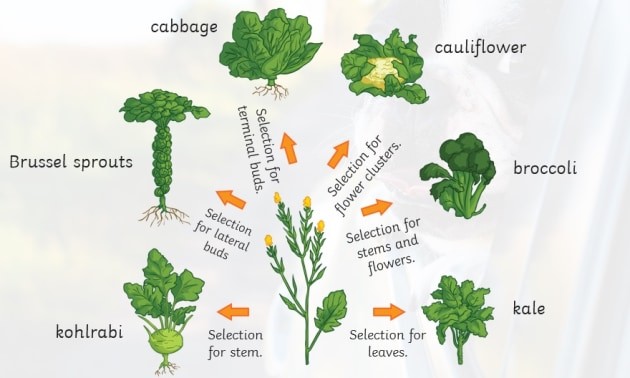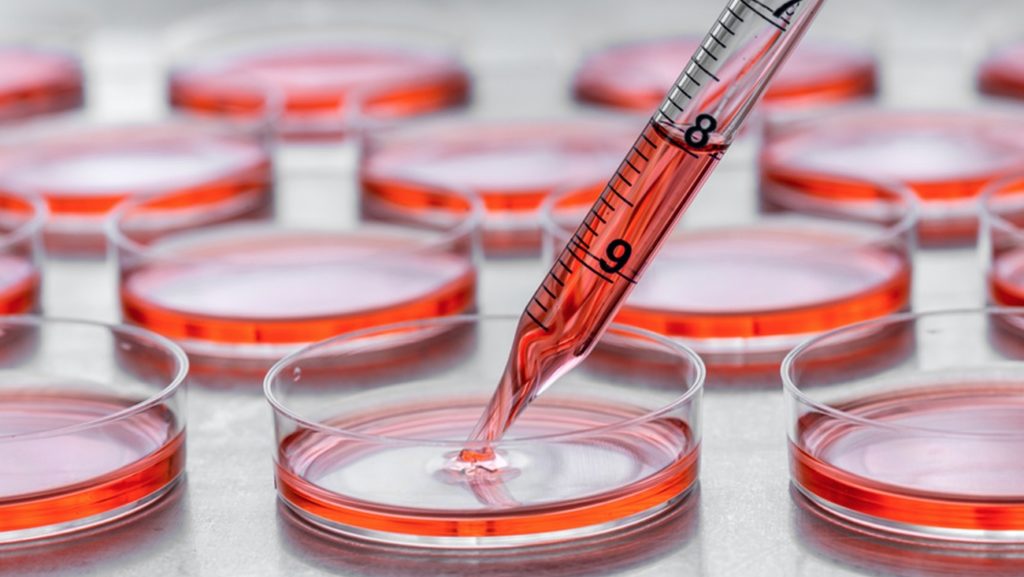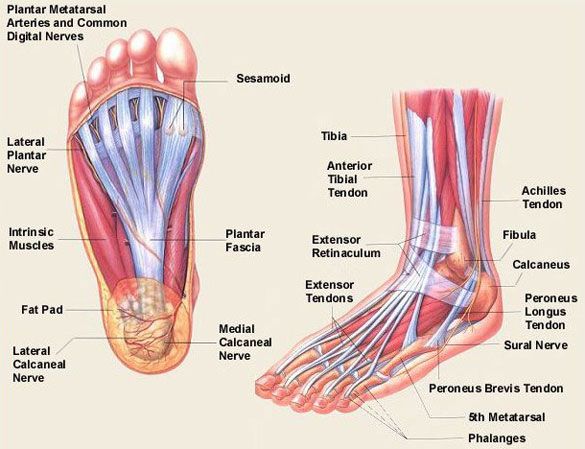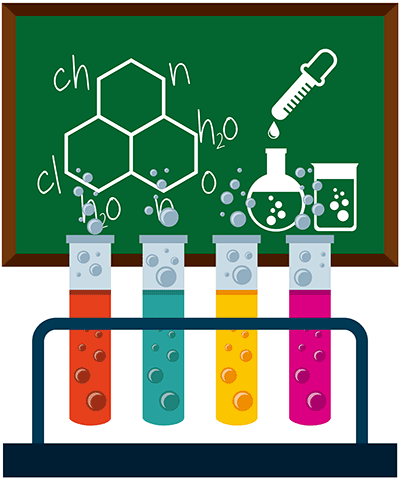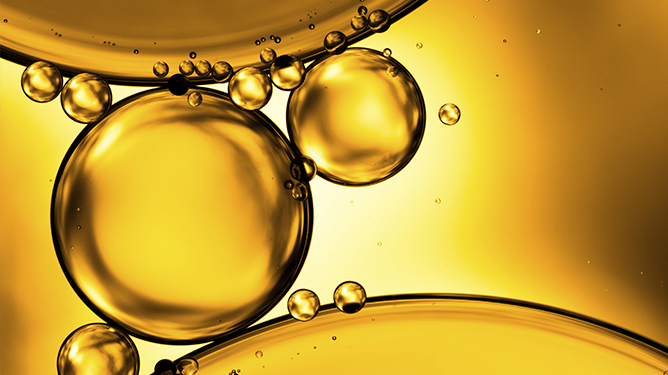Commensalism | Definition, Types and Examples
Commensalism Definition Biology Commensalism is an association amongst two organisms in which one individual organism get benefits, and another organism neither benefited and nor damage. This can be juxtaposed with supplementary symbiosis types, like parasitism and mutualism. The basic difference between them is that in symbiosis both organisms get benefited while in the case of commensalism, the one… Read More »


